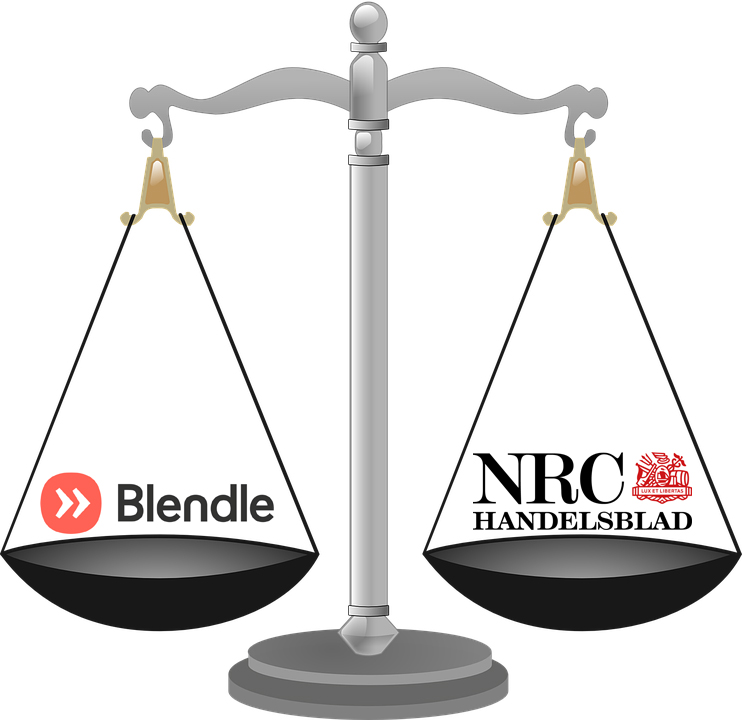One of the most interesting developments in the field of information goods takes place in the news industry. With the introduction of the internet, free online news, social media, online newspapers and new business models, the news industry has dramatically changed. The number of payed printable copies has decreased from 4.5 million to 2.6 million subscribers in 20 years in the Netherlands alone. The research organization Future Exploration Network predicts that as soon as 2027, business models of newspaper publishers as we know them now, will be extinct.
In this blog we will discuss how the traditional newspaper NRC and the new digital initiative Blendle operate in the revolutionized news industry.
Blendle is an internet platform that allows its users to buy online articles from multiple magazines and newspapers. The main idea is that you no longer pay for a newspaper or magazine as a whole, but only for the articles that you actually want to read. On average, an article costs €0,20 of which 70% goes to the publisher.
NRC Handelsblad offers its members the choice between a digital format of the newspaper for €25,50 a month, and the combination of a digital and a paper format for €39 a month.
Both business models possess their own strengths and weaknesses. From a customer perspective, the strengths depend on customers preferences; if customers don’t read a lot of articles and are interested in specific topics they prefer the non-committal option to pay per article and use Blendle. If, however, the customer reads a lot, about many different topics, they would want to have a subscription to NRC.
From a business perspective, Blendle and NRC are almost each other’s opposites. First of all, Blendle doesn’t have to pay a lot of employees because they get their content from other publishers, like NRC, who does have a full staff. This also implies the second strength and respective weakness: NRC is not dependent on third parties, whereas Blendle couldn’t exist without them. Third, because of the payment system, NRC has secure future cash flows because of the fixed subscriptions and Blendle has highly fluctuating cash flows. Fourth, NRC can gain extra revenue from newspaper advertisements but since Blendle offers an advert free experience, they can not. Lastly, Blendle can easily reproduce and distribute articles since they don’t have printing and delivery costs. One thing they do have in common is the fact that they can serve a big customer segment, even though they do this is different ways. Where Blendle offers a great variety of articles from different sources, NRC can serve the elderly who do not possess the technical skills or willingness to read online.
Between Blendle and NRC, you see a real trade-off. There are things Blendle does better than NRC, but also the other way around. Is there one best solution? After all, the one initiative needs the other to survive.
Link to movie: https://www.youtube.com/watch?v=2x5b-kFfE9Y

